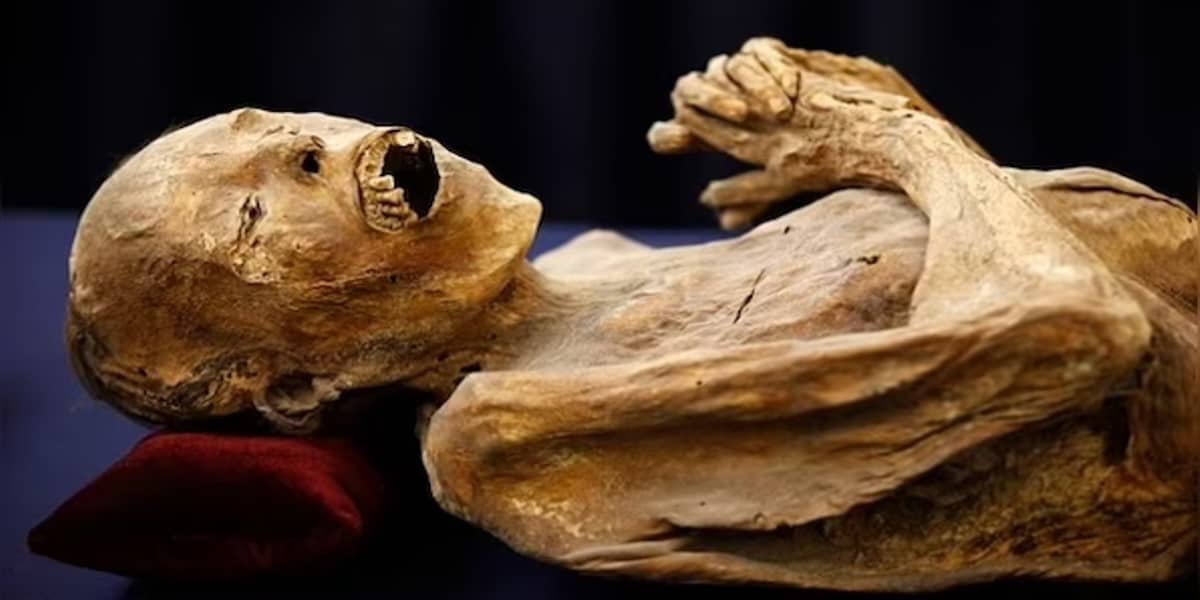Onions were found in the eyes of an Egyptian mummy
Doodlebrary
- The idea that onions were found in the eyes of an Egyptian mummy is a common misconception and a bit of a historical myth.
- While it’s true that onions were a significant part of the ancient Egyptian diet and were sometimes buried with the deceased as part of funerary offerings, they were not typically placed in the eyes of mummies.
- The ancient Egyptians had complex burial practices and beliefs surrounding death and the afterlife.
- They believed in the importance of preserving the body for the journey to the afterlife.
- The process of mummification involved removing the internal organs, treating the body with preservatives like natron (a type of salt), and wrapping it in linen bandages.
- Amulets, jewelry, and various other items were placed within the wrappings or in the tomb to accompany the deceased in the afterlife.
- Onions were often included in offerings because they were considered a symbol of regeneration and had protective qualities.
- They were placed in the tomb or used as offerings on altars to ensure the deceased’s well-being in the afterlife.
- However, there is no historical evidence or documentation to suggest that onions were specifically placed in the eyes of mummies.
- The image of onions in the eyes of mummies may have been perpetuated by popular culture or misunderstandings of ancient Egyptian burial practices.
- In reality, onions played a symbolic and culinary role in ancient Egyptian funerary rituals but were not directly placed in the eyes of mummies.
